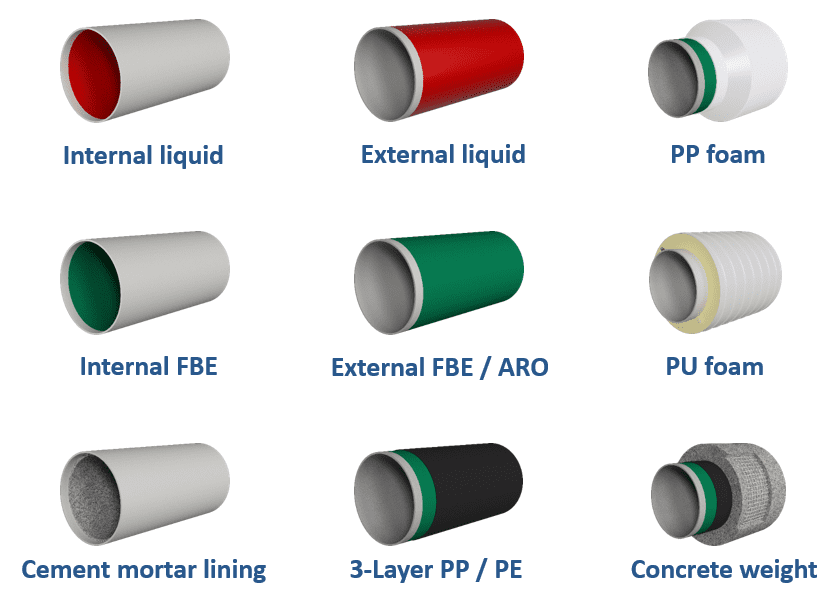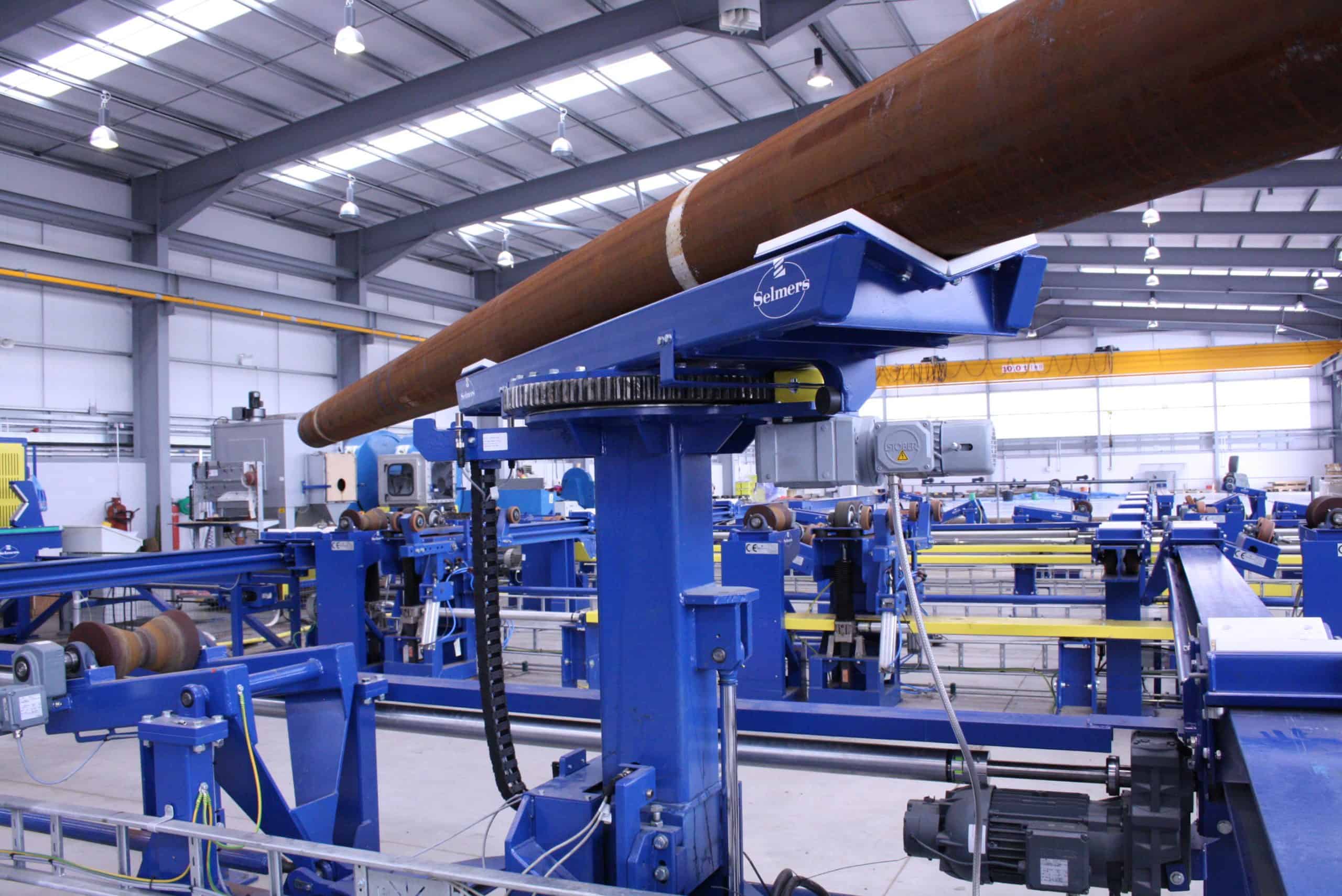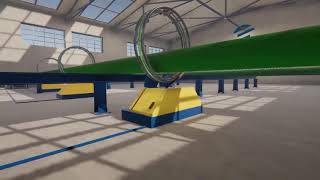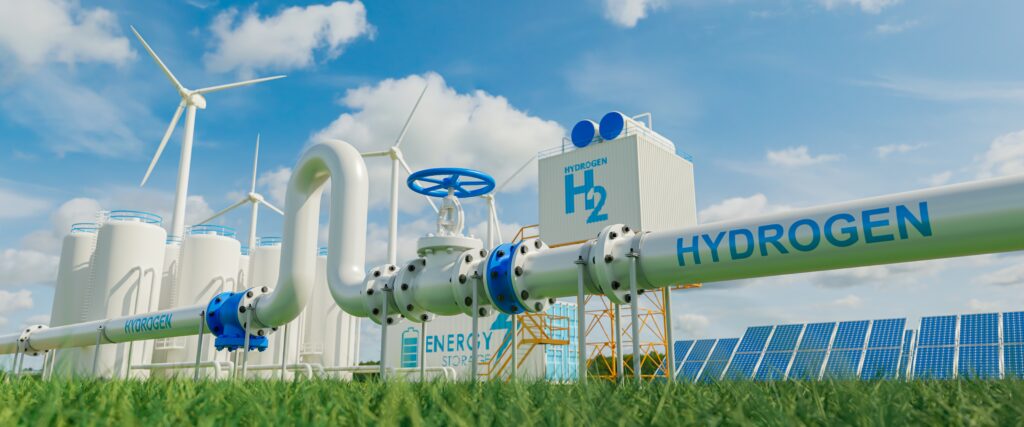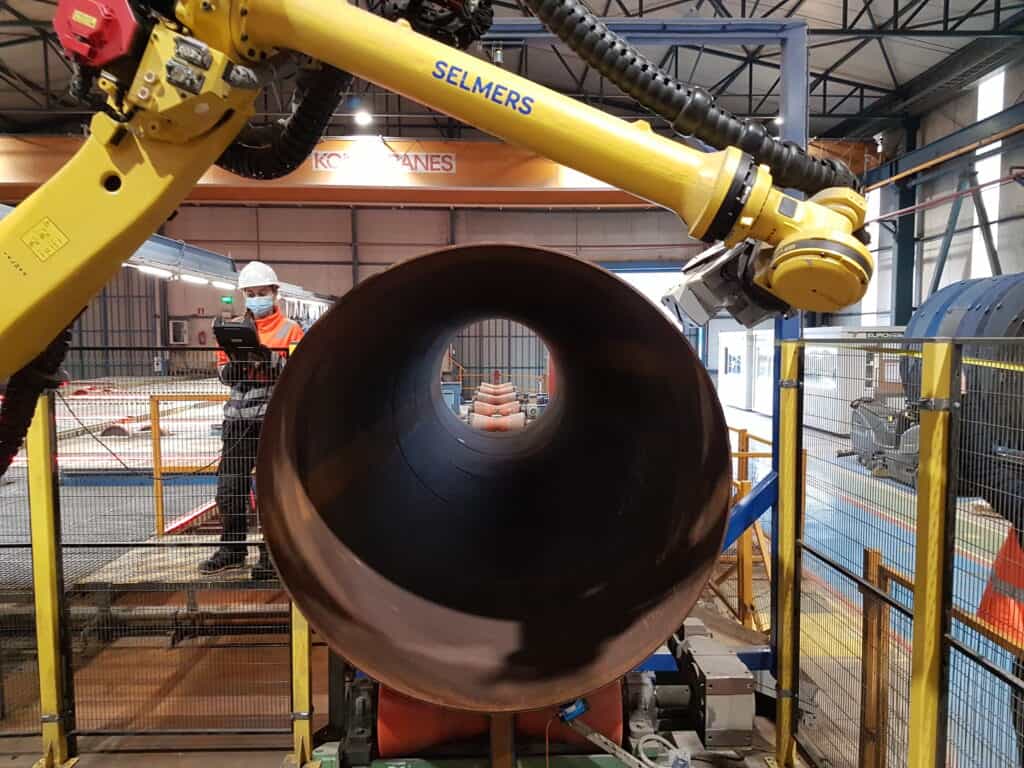It’s certainly not high-tech, but have you ever looked closely at an embroidery? What immediately stands out is the contrast between the front and back. The reverse side is a tangle of threads, while the front side creates a beautiful and logical picture. That’s pretty much how it is with our technology. No matter how complex something is, it remains orderly and simple for the customer. And that offers advantages.
Puzzle
As a supplier in a niche market, our equipment itself is almost inevitably complex and sophisticated. All the more reason to keep the integration of process lines as well as the corresponding use of our plant management system (SPMS) as simple as possible. This approach is quite different from that of our, often large, competitors. There, the front end is often a bit of a puzzle as well. And not just for customers, but even for the supplier. This is partly because their products are often standard solutions and therefore have all kinds of functionalities that many users will never use.
How we keep things ‘simple’
In addition, the technology is often rigidly designed and documented across departments. As a result, customization or tracing the cause of a failure is generally both time-consuming and expensive in terms of consultancy fees and/or the development of separate data analysis tools. In order to be flexible and to keep things as simple as possible, also for our technicians and engineers, we put a lot of time and energy into simplicity during product development. We do this by, among other things:
- dealing with product development as well as the validation and verification of all desired functionality in a very structured way. We do this by applying the V-model.
- understanding every solution down to the smallest detail and documenting essential information centrally, so that everyone always has access to the necessary data.
- adopting a data structure and integrity that is simple enough to apply to everything and for everyone in the company to work with it on one hand, and structured intelligently enough on the other hand to guarantee that all data have context (in other words: collected data IS relevant data).
- enhancing user-friendliness. For example, operators only see what they really need and are not overloaded with unnecessary data.
Precision handling
By consistently applying these measures in all our actions, everything ‘seems’ relatively simple, while it definitely is not. This varies from swift and damage-free precision handling for heavy pipes to comparing operational and maintenance performance (best practice) with SPMS. So we don’t get upset at all when, for example, a customer doesn’t want a complete maintenance plan, but only wants to know when a certain engine has been running too long. And if a customer replaces some hardware or needs an update, we fix it in a relatively affordable way.
Wondering how we can make your complex production solutions easier to handle? Just call your sales contact or send an email to sales@selmers.com
